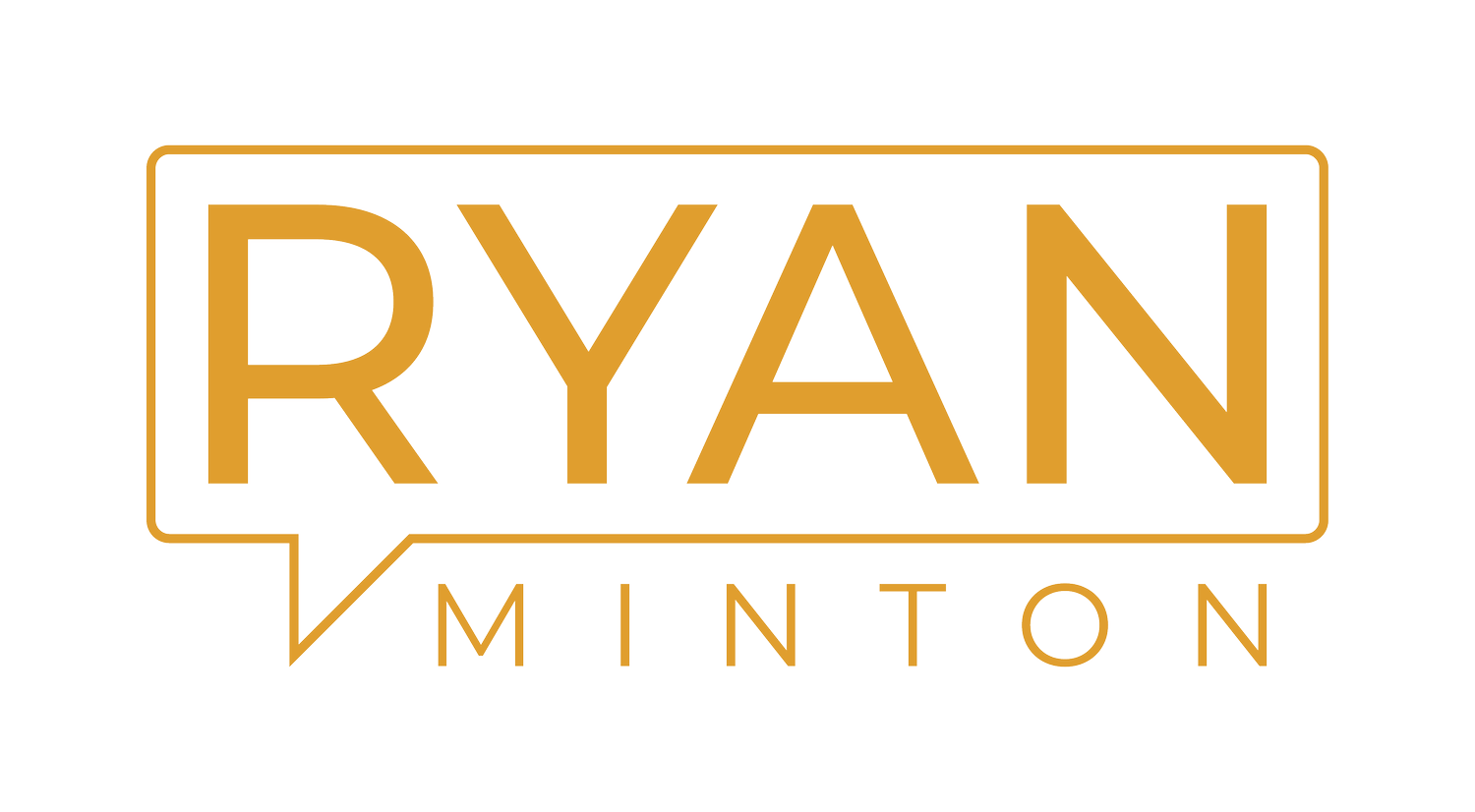Are you prepared to provide great customer service when things happen outside of your control?
In the days leading up to Hurricane Florence, Waffle House made headlines about how the Federal Emergency Management Agency unofficially looks to them to determine how bad things are in a disaster. Located in hurricane prone areas, the 24-hour restaurant chain is notorious for always being open. So if a Waffle House is closed, you know things are bad.
FEMA monitors the “Waffle House Index,” a color-coded scale of what restaurants are open, closed or offering a limited menu, as an indicator of how torn an area hit by a disaster is. Green means the restaurant is operating as normal, yellow is open with a limited menu and red means the restaurant is closed.
Having a “limited menu” option to maximize operations is something that all customer service industry leaders -not just restaurant managers- should take a hard look at and implement in their operation. Too often we find ourselves thinking it is “all or nothing” when making operating decisions. Being able to offer minimum services can be a big win for your location and brand when circumstances outside of your control are impacting your ability to execute.
Because Waffle House has a contingency plan in place for operating outside of normal conditions, their closures are rare and when they do happen, they are often very brief. Their preparation has earned them a reputation for being the first and only place to get a bite to eat in the wake of a disaster.
Do you have a plan in place?
In the service industry we are always at risk of unexpected strains on our operation. A surprise tour bus stops at your restaurant, the power goes out and leaves you without a cash register or a key staff member doesn’t show up for work leaving you shorthanded. In these situations, our desire to provide great service doesn’t go out the window however our ability to execute sometimes does. But it doesn’t have to if you are prepared to react.
It’s often difficult to meet unexpected bursts of business. You don’t always know when rushes are going to hit. It doesn’t make financial sense to have a ton of people on the clock standing around “in case we get busy” so being able to react quickly to a surprise rush can be the difference between wowing a customer or a detrimental online review.
As a hotel general manager, I always had a limited menu in my back pocket for when things went “south” in one of our restaurants. When I managed an airport hotel, we referred to it as the “late night menu.” When the call came in that a shuttle van full of cancelled airline passengers were coming our way just a few minutes before the kitchen closed, we quickly pulled the full menu and replaced with it with a limited menu that still met the needs of hungry guests but was easy for the kitchen to execute.
Don’t let technology get in the way
I’m always struck by how dependent we have become on technology. I have encountered on more than one occasion a retail or restaurant employee telling me they are closed because “the cash register system is down.” How quickly we forget that we can (and very much used to) operate without computers. Having a process in place to take cash, hand write tickets or work offline is simple if you plan for it.
The key is that everyone on your team knows what to do when something goes wrong (or at least where to look and find out what to do).
Put together a “What If Binder”
A best practice I like to have in place is what I call the “What If Binder.” This binder contains an A to Z guide of “what ifs” along with step by step instructions and photos of what to do in situations that pop up that aren’t the norm. For instance, if the power went out, a quick look in the “What If Binder” would show a step by step process of troubleshooting along with any necessary photos of shut offs, reset buttons, etc. In addition, the section would include a plan of how to operate should the power not immediately come back.
Having a contingency plan in place you can immediately pull the trigger on serves 3 purposes.
1. You can still provide great customer service.
2. You eliminate confusion and chaos.
3. You take the strain off your staff.
Take some time to look at your operation and see what a “limited menu” would look like for your team and develop a “What If Binder” to set your team up for success the next time the unexpected happens.
Charles Ryan Minton is a customer service expert, author and keynote speaker. Ryan’s book “Thanks for Coming in Today — Creating a Culture Where Employees Thrive and Customer Service is Alive” will be available Winter 2018. An award-winning former hotel general manager for some of the world’s biggest brands, Ryan has helped shape the customer service experiences of high-profile companies such as Jaguar, Land Rover, Hilton Hotels Worldwide, Marriott International, InterContinental Hotels Group, Gannett, Ultimate Jet Charters, and Delaware North. Visit him at charlesryanminton.com.
